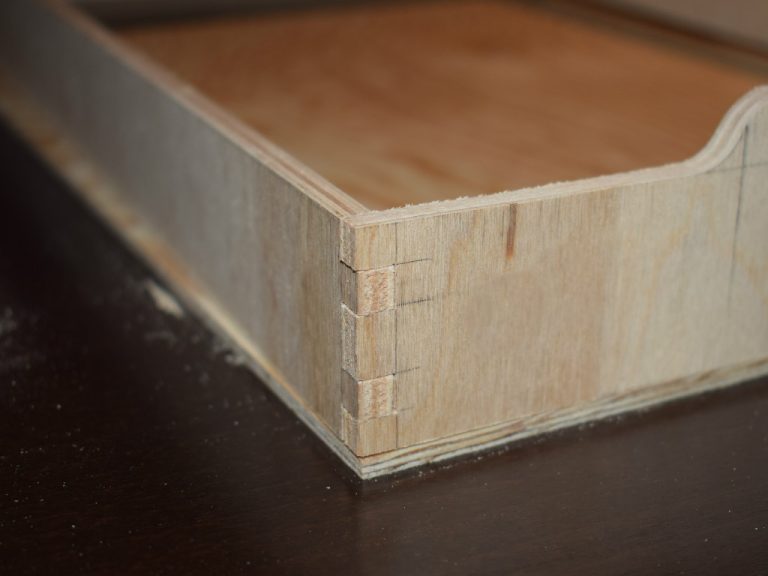Exploring the Versatile World of Alloy: Applications, Advantages, and Geotextile Integration
Alloys, a fusion of two or more metals, have been pivotal in shaping industries worldwide. Their diverse applications, coupled with unique properties, make them indispensable across various sectors. Let’s delve into alloys’ intricacies, uses, benefits, and role in geotextile applications.

What defines an alloy, and how is it different from pure metals?
An alloy combines two or more metallic elements, meticulously blended to enhance specific properties or create new ones. Unlike pure metals, alloys exhibit superior strength, durability, corrosion resistance, and conductivity due to their unique molecular structure formed during mixing.
What are the primary applications of alloys?
Alloys find their way into numerous industries. In aerospace, they contribute to crafting lightweight yet robust components. Automotive sectors rely on alloys for manufacturing engine parts, frames, and wheels due to their strength-to-weight ratio. Furthermore, the medical field utilizes biocompatible alloys for implants, and the construction industry leverages alloys for structural purposes.
How do alloys integrate with geotextiles?
Geotextiles, used in civil engineering for soil stabilization and erosion control, benefit from alloy integration. Alloys with corrosion-resistant properties augment the durability of geotextiles, especially in environments susceptible to harsh weather conditions or chemical exposure. These alloys reinforce the textile’s structural integrity, extending its lifespan and performance.
What advantages do alloys offer in comparison to individual metals?
Alloys exhibit a range of advantageous traits. They can combine the best attributes of different metals, enhancing strength, flexibility, and conductivity. For instance, stainless steel—an alloy of iron, chromium, nickel, and other elements—showcases exceptional corrosion resistance compared to its components. Moreover, alloys often present cost-effectiveness, as they can be engineered to maintain properties while utilizing less of the more expensive metals.
Applications and Geotextile Integration:
Alloys play a crucial role in geotextiles, especially in applications demanding durability and resilience. Geotextiles infused with alloys, such as aluminum or stainless steel, elevate their resistance to corrosion, UV degradation, and mechanical stress. In industries like civil engineering, these reinforced geotextiles provide enhanced stability, reinforcing soil structures in retaining walls, roadways, and erosion-prone areas.

Alloy-based geotextiles also excel in environmental applications, such as landfills and containment systems, where their resistance to chemical corrosion and mechanical wear ensures prolonged functionality. Furthermore, the integration of alloys into geotextiles fosters sustainable solutions by extending the lifespan of these materials, reducing maintenance needs and overall environmental impact.
In conclusion, alloys stand as a cornerstone of modern industry, offering a myriad of applications across sectors. Their integration into geotextiles not only bolsters structural integrity but also promotes sustainability, contributing to more resilient and enduring infrastructural solutions.
Alloys continue to revolutionize industries, offering a spectrum of advantages that transcend the capabilities of individual metals. Their seamless integration with geotextiles signifies a significant leap in creating resilient infrastructures capable of withstanding various environmental challenges. As technology evolves, so does the potential for alloys, promising further innovations and applications across diverse fields.



